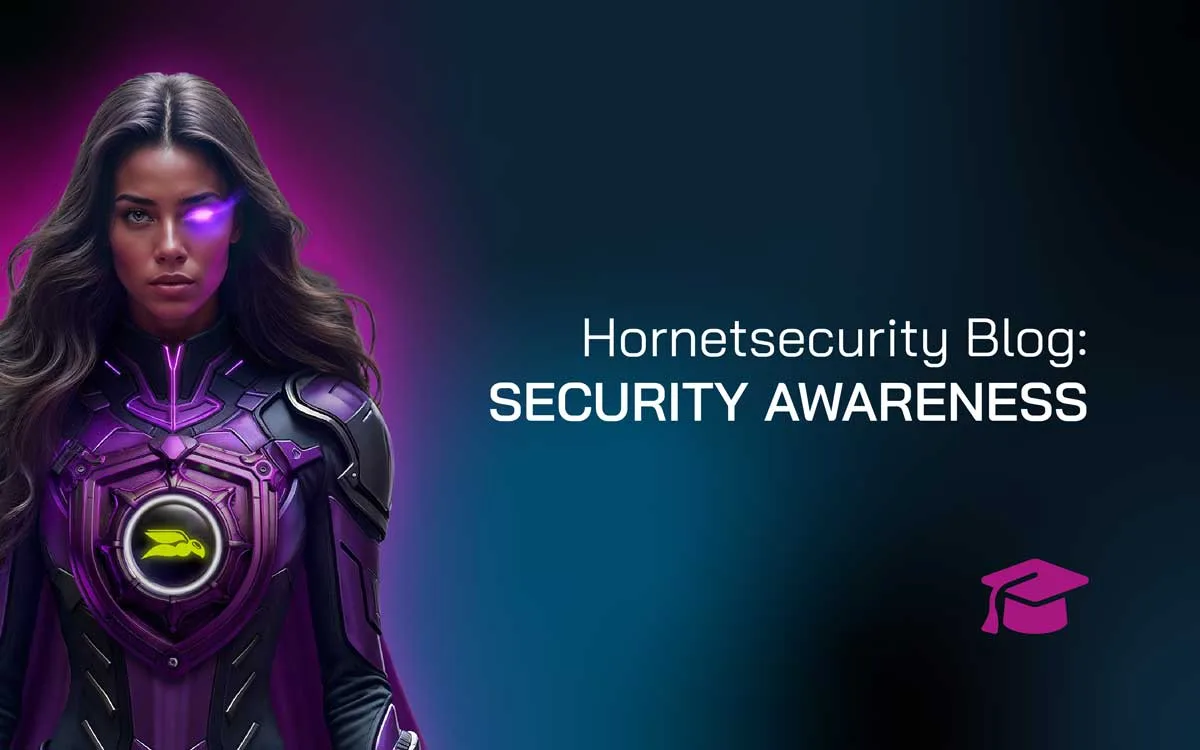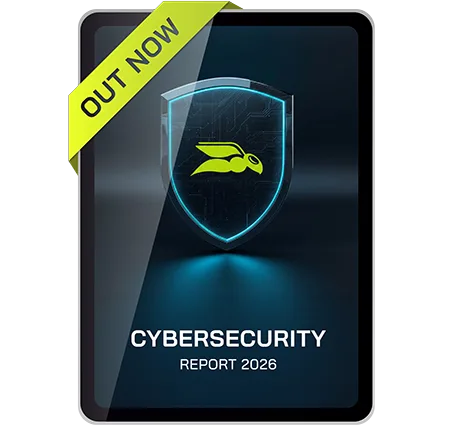

Why Comprehensive Cybersecurity Solutions Are Non-Negotiable for Today’s Businesses
Cybercriminals don’t limit their attacks to just one type or another. They go all out, throwing everything they’ve got at your enterprise until something sticks. If your defense strategy doesn’t take a similar, blanketed approach, your organization could very well find itself the next breach victim.
Ransomware, email phishing, social engineering, and cloud environment attacks were just some of the tactics malicious actors employed in 2024 to target entities in every sector. The costs to their victims were greater than ever: one Fortune 500 company paid a $75 million ransom in 2024, the largest yet, according to Hornetsecurity’s Cybersecurity Report.
Reasons for the uptick in crime and costs are many and varied.
- People are still not sufficiently trained to recognize and avoid the most common threats.
- Cyber attackers quickly adopted artificial intelligence (AI), often outpacing cybersecurity teams in their mastery of the technology.
- The continued prevalence of hybrid work means a larger attack surface and the use of collaboration tools (including public Wi-Fi) that may not be secure.
- Using fragmented cybersecurity solutions leaves many organizations more vulnerable than they should be.
Given the average breach’s astronomical price tag – ransom, penalties and fines, critical data loss, reparation and legal costs, reputational loss – a cyber program that uses comprehensive cybersecurity solutions including AI coupled with regular security awareness training is a worthy investment, indeed.
The good news is, improving your program doesn’t need to be complex or incredibly costly. Your cybersecurity strategy need only rest on three pillars to safeguard your systems and data against the continuous onslaught of breach attempts. Putting these pillars in place throws cybercrime a one-two-three punch.
A major problem, with human error at its root
Cybercrime’s global cost has steadily risen, reportedly increasing by 15 percent year over year from 2021 to 2025. Cybercrime magazine predicts that cost will reach $1 trillion USD per month by 2031 – up from $1 trillion per year in 2020.
One of the most damaging cyberattacks in history, on Change Healthcare, began with a phishing email. The recipient, a Change Healthcare employee, clicked on a link and entered their login credentials, which were then sold on the dark web and exploited.
As a result, criminals got access to 4 terabytes of patient and organizational data, healthcare facilities shut down across the US, and parent company UHC lost $22 million USD in ransom alone, not to mention legal fees, recovery costs, and other expenses expected to total at least $1.6 billion.
Rising threats from AI as well
The U.S. Federal Bureau of Investigation (FBI) has warned that cybercriminals are increasingly using AI to carry out convincing phishing/social engineering attacks and voice/video cloning scams, known as “deepfakes.” Hornetsecurity’s Cybersecurity Report predicts that the use of deepfakes will only increase in 2025.
Hybrid work poses security concerns
Although work from home is popular and, in many cases, necessary, employees who work offsite can be more vulnerable to attack. The Cloud Security Alliance notes these hybrid work security challenges:
- Expanded attack surface
- Data security risks
- Ransomware and malware threats
- Weak password management
- Unsecured file sharing
- Use of public Wi-Fi
- BYOD security risks
- VPN vulnerabilities
Fragmented security tools leave gaps
When your cybersecurity solutions don’t work together, holes in your coverage can result, exposing your systems, networks, and data to attack. Businesses worldwide are said to lose as much as 5 percent of revenues because their security environment is fragmented, Security Brief United Kingdom reports.
On average, the publication notes, organizations manage 83 different security solutions sourced from 29 vendors, which hampers innovation and cybersecurity, according to more than half of executive respondents to an IBM survey. Three-quarters said that integrating their security stack is critical as they continue to digitalize.
Relying on multiple cybersecurity solutions from different vendors inhibits security when these tools can’t work together or provide a comprehensive view of threats throughout your attack surface. Managing and integrating multiple security platforms can be incredibly complex and difficult, and maintaining all these different solutions and systems can be costly, as well.
Security for small vs. large enterprises
Having much deeper pockets, large companies might seem to have an enormous advantage when choosing enterprise cyber security solutions. But these entities are more often targeted, as well, precisely because of their vast resources as well as their diffuse attack surface.
And with many functions, employees, and offices, often located in various regions and countries, they’re more likely to lack enterprise-wide coordination and integration of their cybersecurity solutions, which may include AI-assisted threat detection and response, identity and access management, security incident and event management (SIEM), and even a fully staffed Security Operations Center.
Smaller enterprises have smaller staff and cybersecurity budgets. Many don’t even have a Chief Information Security Officer. They’re targeted less frequently (but more often than in the past) but, not able to afford all the cutting-edge technologies, they may be more vulnerable if they are attacked. The UK’s National Cyber Security Centre recommends that small business cyber security solutions and practices include:
- Data backup
- Anti-virus software
- Patching
- Firewalls
- Password protection
- Least-privilege access configuration
The case for comprehensive security
Even the most sophisticated cybersecurity solutions stack won’t be as effective as it could be if your solutions aren’t working together to monitor and manage risks and threats, detect intrusions, and respond to attacks business wide. Unification can be costly, especially if you have many different solutions that work alone. But compared to the cost of a cyber breach, simplifying and unifying your cybersecurity solution stack is well worth the price.
Hornetsecurity recommends a three-pronged approach to cybersecurity solution integration, unifying
- Threat detection and response,
- Email security, data protection, and secure backups, and
- Real-time threat intelligence and proactive threat mitigation.
Along the way, remember to include your employees in the unification equation.
Stay One Step Ahead of Cyber Threats with a Comprehensive Security Awareness Service
As cyber threats evolve, organizations must implement comprehensive strategies to protect themselves effectively.
Hornetsecurity’s Security Awareness Service equips your businesses with essential tools to elevate your cybersecurity posture by training employees to identify and respond to various cyber threats. You will:
- Safeguard your organization from data breaches and social engineering attacks,
- Ensure compliance with industry regulations and standards, and
- Minimize human error—the primary contributor to security incidents.

Take the proactive approach. Schedule a demo today and start empowering your team to truly work as your front line in the fight against cybercrime.
Conclusion – The importance of people
All the solutions in the world won’t keep you safe if your employees aren’t well versed in recognizing, reporting, and avoiding cybersecurity threats. Even in the age of AI, people remain the number one line of defense against cyberattack.
Hornetsecurity’s Security Awareness Service ensures complete business security. Our next-gen Security Awareness Service trains employees using realistic spear phishing simulations and AI-powered e-training, heightening awareness of cyber security risks and threats. Employees learn effectively how to protect themselves and their company. The service is fully automated and easy to use.
FAQ
Comprehensive solutions address various threats, protecting your business from devastating breaches that could turn off your operations.
Cybercriminals are embracing AI to enhance attacks. They create convincing phishing schemes and deepfakes. Keeping that in mind, businesses must integrate AI-focused strategies into their cybersecurity plans to counter these sophisticated threats effectively.
With 95% of data breaches stemming from human error, well-trained employees are vital. Once you understand how to recognize threats, it empowers you and your employees to be the first line of defense, significantly reducing attack vulnerability.


